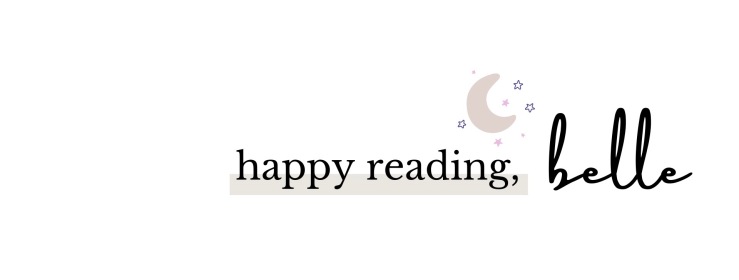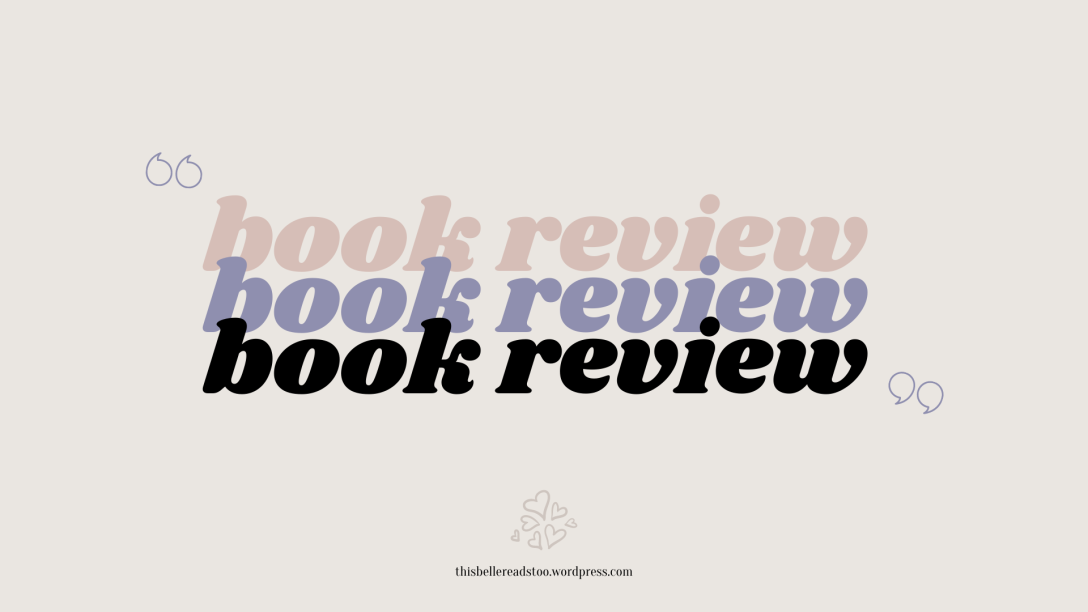
Phoenix Extravagant by Yoon Ha Lee
Standalone
Published October 20th 2020 by Solaris
Age Range: Adult
Genre: Fantasy, Science Fiction, Dragons, Lgbtqia+
Rep: Non-binary MC, lesbian SC, trans and AOC, POC (korean and japanese-inspired)
Rating:
Synopsis:
Dragons. Art. Revolution.
Gyen Jebi isn’t a fighter or a subversive. They just want to paint.
One day they’re jobless and desperate; the next, Jebi finds themself recruited by the Ministry of Armor to paint the mystical sigils that animate the occupying government’s automaton soldiers.
But when Jebi discovers the depths of the Razanei government’s horrifying crimes—and the awful source of the magical pigments they use—they find they can no longer stay out of politics.
What they can do is steal Arazi, the ministry’s mighty dragon automaton, and find a way to fight…
❁❁❁❁❁❁❁❁❁❁❁❁❁
Received this ARC from NetGalley in exchange for an honest review.
trigger and content warnings:
- violence, death, imprisonment, torture, colonialisation, discrimination, destruction of art, blackmail.
trigger and content warnings:
- violence, death, imprisonment, torture, colonialisation, discrimination, destruction of art, blackmail.
In Phoenix Extravagant, the people in the Ministry of Armor combines glyphs and pigments to activate automatons. These mechanical beings act as soldiers alongside humans. Based on the glyphs drawn on the masks, these machinations are mostly subservient to the creators, the Razanei government. Devoid of emotions and choice, these machines are just animated machines until Arazi.
Immediately, I was intrigued by the mechanical dragon on the cover. The concept of withdrawing pigments from historical artefacts to animate the automatons was appalling yet fascinating. Different sigils were drawn upon the machines to emulate certain characteristics. For instance, most of the patrolling mechanical soldiers were painted with no “response” sigils, which meant that they cannot acknowledge whoever was talking to them.
The setting of Phoenix Extravagant was inspired by Korea under the Japanese imperialism. Under the Razanei government, Hwaguk’s culture was destroyed and the land was renamed Administrative Territory Fourteen. A rebellion is on the rise. There were details showing the aftermath of the war and colonisation on the people in Hwaguk.
People had divided opinions on whether luck was like wine or flowers: that is, whether magic charms grew in power over time, or withered and had to be replaced.
The main character isn’t incredibly impressive. Gyen Jebi is an artist not a fighter. He had no interest in politics, but was inadvertently pulled into it. Jebi’s relationship with his older sister, Bongsunga, had been sour especially when she found out that he secretly went for an examination to enter the Ministry of Art. Essentially, he was going to work for the enemy. Without any political agenda, Jebi only did that because he wanted a roof over their heads and food on the table.
Arazi, the philosophical pacifist mechanical dragon, is my favorite character. It was created to be a war tool for the country of Razan but Jebi gave it a conscious. Similar to Jebi, it has no interest in the upcoming war between the Hwagugin rebels and the Razanei government. Nonetheless, it was pulled into the situation.
Yoon Ha Lee beautifully incorporated queerness into Phoenix Extravagant‘s society. Inside the book, there were a non-binary protagonist, same-sex relationships and a polygamy family. Queerness is just there; it wasn’t explicitly stated and normalised within the society.
Phoenix Extravagant was so different from Yoon Ha Lee’s middle grade standalone, Dragon Pearl, which I liked. Regardless, I adored this steampunk mixture with magic. The author crafted this well-written standalone with the themes of revolution, art and effects of colonisation. I await for Yoon Ha Lee’s future works.




SO glad you enjoyed this! Mechanical dragons and queerness; I am looking forward to delving in.
LikeLiked by 1 person
hope you’ll like it!
LikeLiked by 1 person